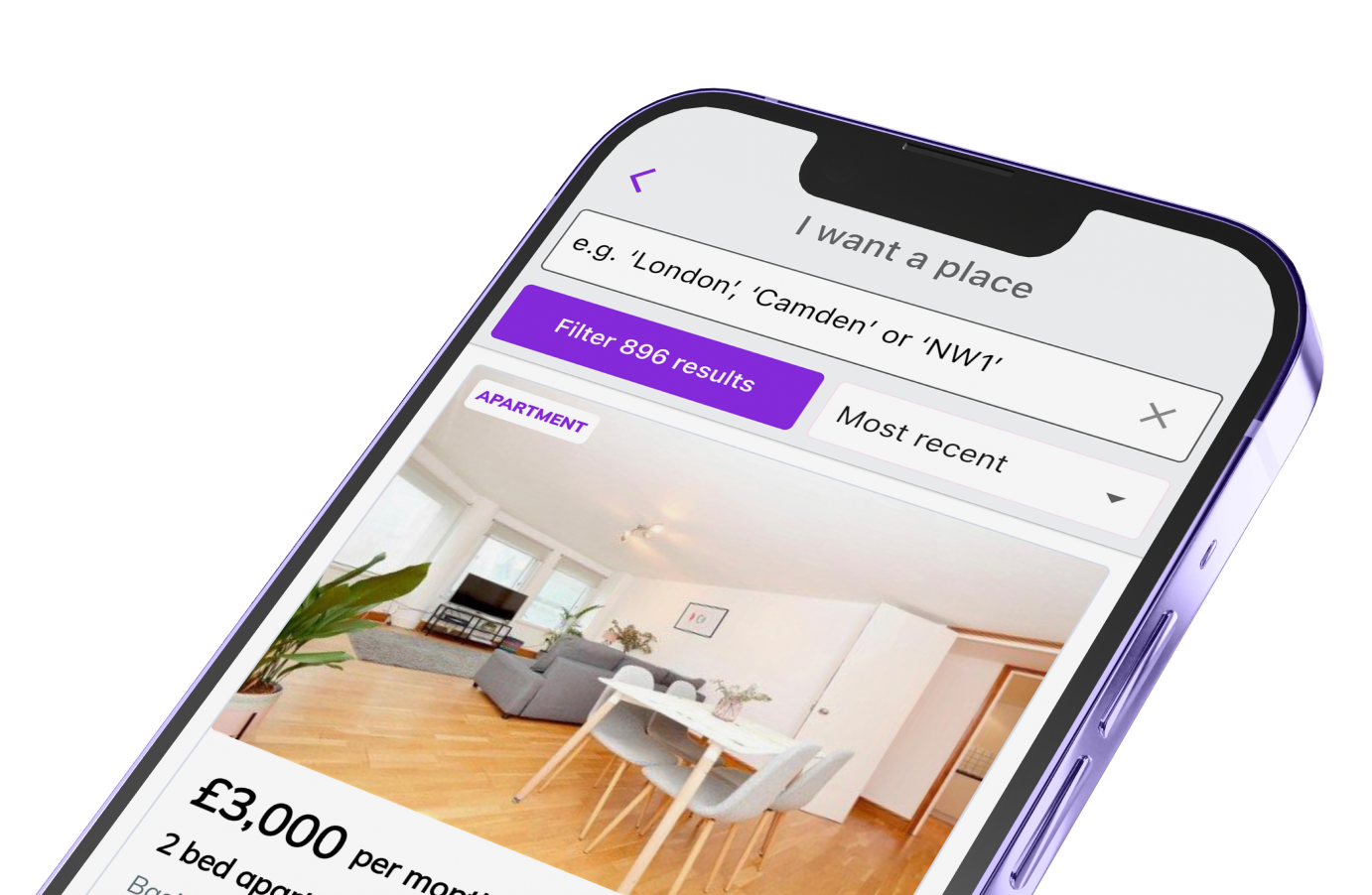You might describe Earl’s Court as the affordable, or more affordable western adjunct to South Kensington and Chelsea. It’s a little built-up island that sits between Kensington to the north, South Ken to the east, Fulham to the south and Baron’s Court and Hammersmith to the west.
As with so much of London it was developed in the late nineteenth century. Have you ever paused to consider that London around that time was probably the biggest building site the world has ever known?
You will find a maze of streets, garden squares and cobbled mews with two main one way arteries, Earl’s Court Road going north to south and Warwick Road going south to north.
The area was made famous, in part, by the Earl’s Court exhibition centre but in fact that closed in 2014 and is in development now.
Apparently, after the war a number of Polish officers set up shop there rather than return to Poland, which was a Soviet state.
In the late 1960s it became very well known as the place where Aussies and Kiwis settled on arrival. It was their default and some people called it ‘Kangaroo Valley’. I never actually called it that, I saw it on Wikipedia just now. At the time, all we had to say was ‘Earl’s Court’ and everyone thought ‘Aussie’. They went Sydney, Kathmandu, Earl’s Court.
Since then antipodeans have spread to the four corners of the capital and it’s become globally mixed with perhaps an increasing number of south Asians.
Blue plaques? Beatrix Poter, Agatha Christie, Alfred Hitchcock, Mervyn Peakes, Willie Rushton and William Butler Yeats lived there. A creative bunch. Syd Barrett, the Pink Floyd member who had a bit too much LSD, lived in Earl’s Court Square in the 1970s. I guess with that amount of acid, Syd may not have been aware he was in Earl’s Court. But we’ll never know.
And let’s not forget Diana, Princess of Wales, who lived in Old Brompton Road at Coleherne Court, a sprawling group of mansion block flats with a nice internal garden.
I seem to recall the Coleherne pub on the corner being a famous gay pub at around the same time, in the early 1980s, when it was still fairly risqué.
One of my favourite novelists, Patrick Hamilton wrote ‘Hangover Square: A Tale of Darkest Earl’s Court’, which was published in 1941. Hamilton had a unique dry wit, great descriptive powers, and ability to reveal the workings of the mind and the dynamics of relationships, all set in kind of monochromatic, mid twentieth century climate of hope and alienation. I don’t think anyone has described London life quite so well as he did. In the book, the anti-hero, Harvey Bone hopes for affection from a beautiful, hard woman, Netta and resorts to dark, smoky pubs.
Now you’ll find the pubs devoid of smoke, brighter, more colourful, no longer the desperate habitat of serious drinkers and loners.
In terms of green spaces, there’s Holland Park to the north and Brompton Cemetery to the south. Cemetery for a walk? Well, actually it’s quite a popular place for a wander because there’s plenty of trees and greenery.
So, you’re thinking, why Earl’s Court?
Well, as a place to visit it’s very easy to reach due to the excellent transport links. Earl’s Court tube has Piccadilly, District and Circle Lines and there are plenty of bus routes as well as the wide Cromwell Road that cuts through it.
Compared to those very high ticket, neighbouring areas, it’s good value whether you are renting or buying a place. It’s so well positioned that you can get to High Street Ken, Hyde Park, Albert Hall and the major museums, Natural History, Science and V&A, in next to no time. You can whisk up to Piccadilly Circus on the fast Piccadilly line in about ten minutes.
Within its precincts, it still has The Troubadour coffee house and music venue, which has been going since 1954 and which has hosted no less than Dylan, Hendrix and Elvis Costello.
Unlike some of the very posh areas to the west, Earl’s Court has all those practical shops, the useful places for everyday needs. Robert Dyas, a wonderful place where you can buy a drill bit, a light bulb, some curtain rings and a kettle. It’s an area where you can actually find a launderette, a key cutter, a DIY shop and other mundane outlets to serve your daily needs.
Moving up a level (in Mazlo’s hierarchy of needs), beyond the multiplicity of food retailers, we get to vanity, pleasure and entertainment. A nail clinic, that American phenomenon now so popular in Britain. Dental clinic. Natural remedies. Phone shops, of course. A bank branch (weird). A fairly upmarket boulangerie. And such like.
Enough of that. How about a pint? I won’t give you the full list. I would head to the King’s Head, it seems to have some character, it’s quite buzzy and offers food. As I’m a boomer it suits me because it’s sufficiently traditional. That’s probably put you off.
No doubt you will find your own vibe, the interior, the exterior, the drink choice, the menu, the service, the noise level that suits your preference. I’m not going to tell you where to go. Let it be your project, to find your natural habitat in Earl’s Court. Enjoy.



















































